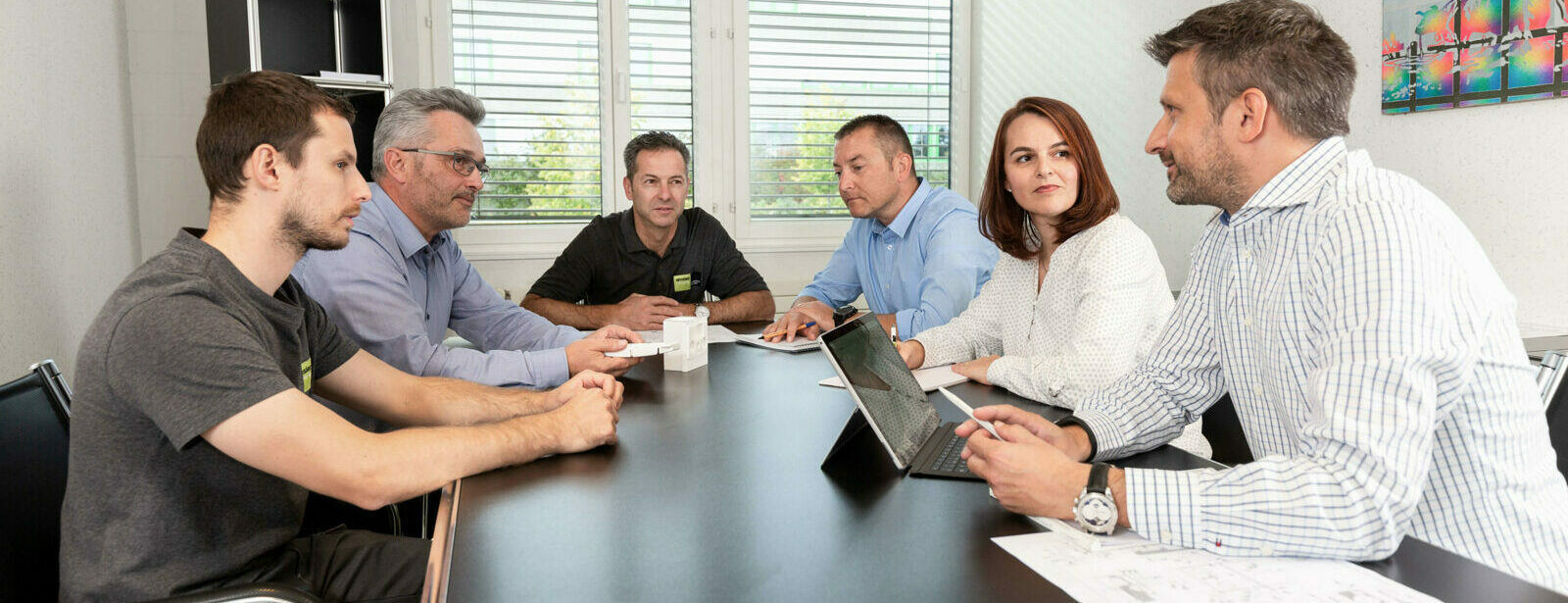FAQ
Company
What are your opening hours?
Monday to Thursday:
7.30 a.m.–12 p.m., 1 p.m.–5.30 p.m.
Friday:
7.30 a.m.–12 p.m., 1 p.m.–4.30 p.m.
Do you close for company holidays?
Only during the Christmas period. We remain open throughout the summer.
Semi-finished products
Which plastics are cheap to buy?
PE, PP and PVC are the best options if you are looking for thermoplastics, or paper laminate (HP 2061) if you want a thermoset.
Which plastic is best for machining?
POM-C is the best for this.
Which plastics are the least susceptible to warping?
PA6 cast, PET, PEEK, PE extruded and thermosets in general.
What is the difference between POM-C and POM-H?
POM-C has better chemical and mechanical properties. It is produced by European companies and 90% of it is used in Europe too. The melting point of POM-H is around 10°C higher and 90% of POM-H is produced and used in the US.
Which plastics have good sliding properties?
PTFE (Teflon) has the lowest friction coefficient, which means it has a high wear factor.
PE1000 (UHMW-PE) has excellent sliding and wear properties but is not particularly hard.
PA (polyamide) has a low wear factor and good pressure resistance. Additives can also be used to enhance sliding properties.
The most common plastics are also available in versions with improved sliding properties (e.g. POM-C, PET, PEEK).
Can I collect blanks immediately?
Yes, if the material is in stock we will find a solution right away.
Machined parts
Can you manufacture complete parts too?
Yes, we can use our cutting-edge machinery to mill and turn your parts based on your drawings and can even produce entire module assemblies on request.
What mechanical machining processes are you able to carry out?
We can produce parts by means of milling, turning, grinding, sawing, grooving or planing.
Do you process metals too?
No, we only process plastics.
What is the maximum plate size that you can process for milled parts?
1000 x 2000 mm
What are the maximum diameter and length of turned parts that you can process?
Diameters of around 550 mm and lengths of up to approximately 600 mm can be processed.
Can I also get plastic for private purposes?
We will of course serve private customers with the same level of professionalism that we apply to corporate customers.
Is there a minimum order quantity that I need to bear in mind?
No, we manufacture anything from an individual part to small or medium-sized batches.
Can you offer or manufacture parts based on a sample?
Yes, we can of course manufacture parts based on a sample. First of all we take the necessary measurements, then we use these to produce a technical drawing.
Can we collect parts outside business hours?
Yes, we can leave the goods on the ramp ready for collection.
What should I do if I have an urgent request?
Ask for one of our engineers to show you what options are currently available.
3D printing
What is the most popular printing method?
The most common choice is SLS (selective laser sintering) with PA12 (polyamide) as the material. This is very cost-effective, offers a high level of mechanical strength and does not require any supporting structures, even for complex geometries. Other popular options include MJF (multi-jet fusion), FDM (fused deposition modelling), MJM (multi-jet modelling) and SLA (stereolithography).
What is 3D printing suitable for?
a) Manufacturing parts with complex geometries economically
b) Producing components in small or medium batches
c) Producing prototype parts quickly and cost-effectively
Is transparent printing also possible?
Yes, amorphous transparent materials can also be processed. With the MJM (multi-jet modelling) and SLA (stereolithography) methods, it is possible to produce very fine surfaces with transparent materials. However, you should not expect transparency to window glass standard. The parts would need to be finished (polished) to achieve a good optical quality in any case.
What are the delivery times for 3D-printed parts?
The average delivery time is one to two weeks.
Which CAD formats can be used?
One of the main advantages of our 3D printing platform is that it can support a variety of CAD formats. In addition to the common STEP and STL formats, more than 20 other 3D CAD formats are supported.
How are the costs calculated?
The price is based primarily on the volume of the component rather than on the complexity of the geometry. On our platform, you will be provided with a binding unit price in full (including shipping costs) as soon as you have uploaded your 3D data.
What finishing work is required?
In most cases, no finishing is required. However, you can calculate prices for colouring, varnishing, infiltration or slide grinding (barrel finishing) the parts directly on our website.
Can screw threads be printed too?
Yes and no. Larger screw threads can be printed in principle, but the thread pitches must be visible in the CAD file. Many CAD programs do not support this. Due to the set tolerances in 3D printing, a screw connection is rarely suitable without post-processing. We therefore recommend rethreading them manually or including thread inserts in your plans. Better still, you could take advantage of the range of new 3D printing options available and choose an alternative type of connection instead.
